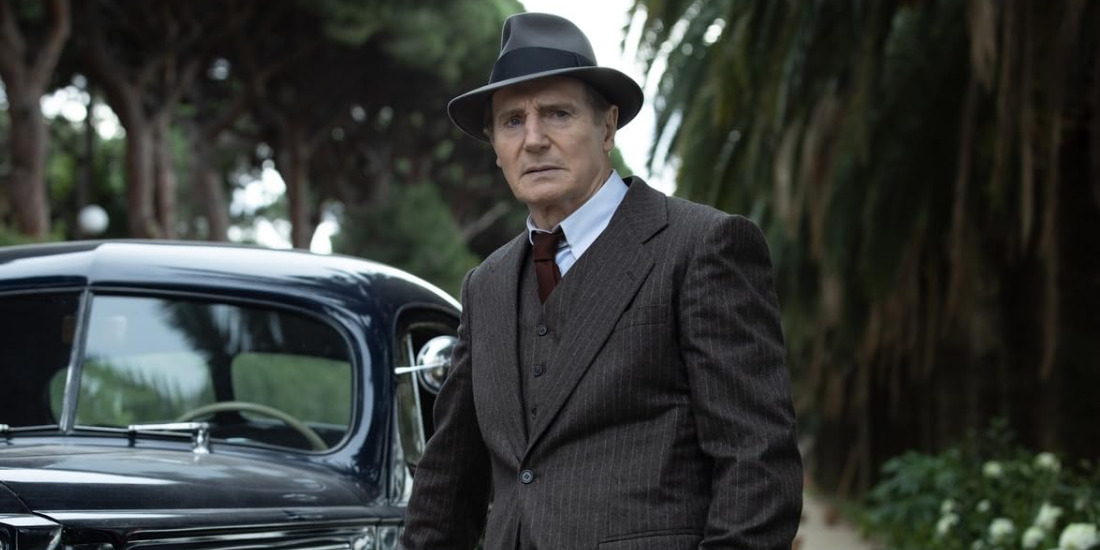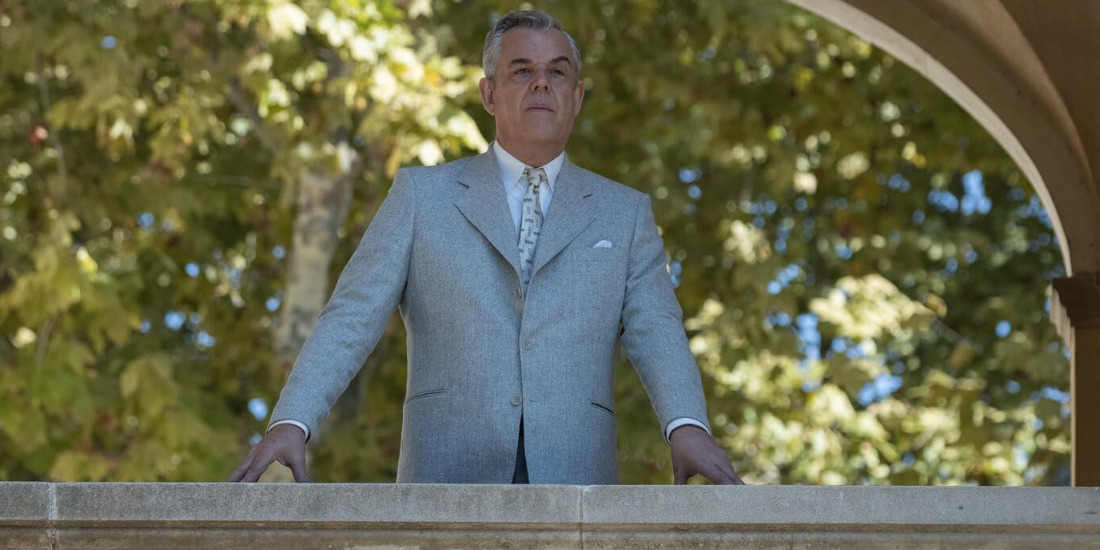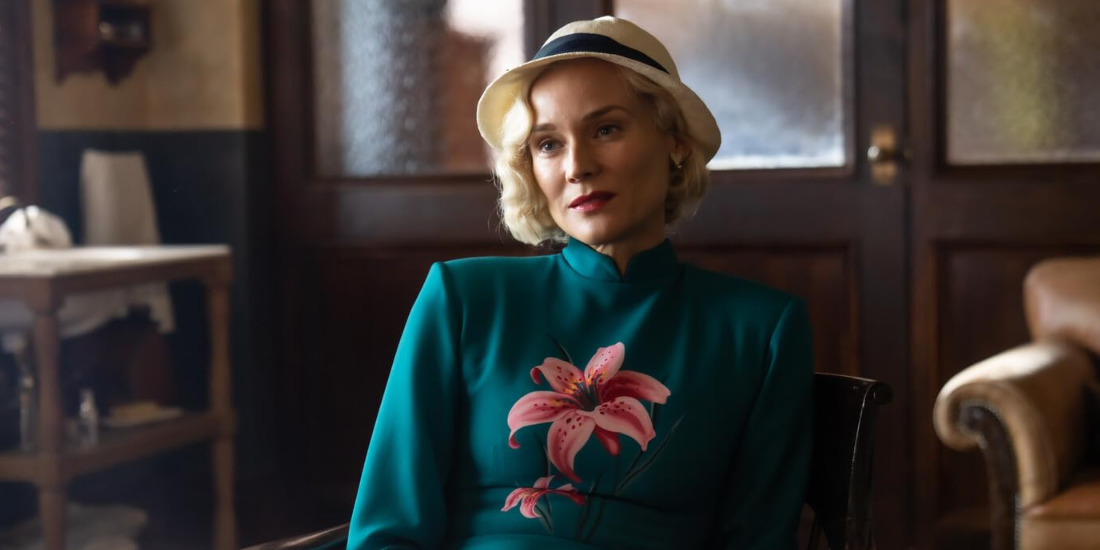‘Marlowe,’ the mystery film revolving around noir detective Philip Marlowe’s latest undertaking, follows the character as he ventures into a crime-ridden city within a period setting. Nico Peterson’s missing person case on Marlowe’s agenda, assigned to him by heiress Clare Cavendish, compels the private eye to make rounds across the city’s seediest joints, including the exclusive luxury club Corbata. Therefore, as the viewers accompany the man in this venture, a natural curiosity is bound to arise, posing questions about the narrative’s time period and geographical location.
When Does Marlowe Take Place?
Neil Jordan’s ‘Marlowe,’ finds its basis in John Banville’s ‘The Black-Eyed Blonde,’ published in 2014 under the pen name Benjamin Black, as an authorized sequel to Raymond Chandler’s Philip Marlowe hardboiled detective series. As such, the novel, continuing Chandler’s works, pens another riveting case that Philip Marlowe encounters. However, even though the film bases its narrative around Banville’s novel— which picks up Marlowe’s story in the early 1950s— the film returns to the time of Detective Marlowe’s inception, setting its narrative in the 1930s.

The decision to equip a case from the later half of Marlowe’s extensive literary career while retaining the character’s memorable 30s time period is likely an intentional decision. By doing so, the film ensures a balance between delivering a refreshing yet familiar story to the audience. Since Philip Marlowe is such an iconic character within the noir Detective genre— brought to the screen numerous times before Liam Neeson’s rendition— several traits become recognizable within the character.
For the same reason, the 1930s, the time period when Chandler’s initial Philip Marlowe novels take place, remains iconic to the Detective’s public perception. Thus, ‘Marlowe’s’ 1930s setting remains reminiscent of its source material, harking back to the easily memorable aspects of the literary character’s public brand.
Where Does Marlowe Take Place?
Much like the film strives to retain authenticity in relation to Chandler’s writing through its 1930s setting, the film’s geographical location does much the same. ‘Marlowe’ takes place in Los Angeles’ Bay City, Chandler’s location of choice, which he describes as “a sleazy adjunct to Santa Monica” in his work.

The author portrays the city as a corrupt town plagued with criminality and unsavory characters. Although no known similarly named city exists in Los Angeles, Bay City is largely believed to be Chandler’s interpretation of Santa Monica. In fact, Santa Monica has celebrated its association with Chandler’s work numerous times over the years, including a “Raymond Chandler’s Bay City” in 2008.
Thus, maintaining its connection to the source material, Jordan’s film also bases itself in Santa Monica’s Bay City of Los Angeles. In-universe, the setting plays out particularly well, as the crime-infested city allows plenty of room for immorality, embodied through classy speakeasies and underground drug rings. Furthermore, the Los Angeles setting provides easy context for the story’s connection to the film industry, which remains pertinent to the plot.
However, while the film only benefits from its setting, it also leads to some behind-the-scenes complications. ‘Marlowe’ portrays Los Angeles as it existed in the 1930s. Nevertheless, the same Los Angeles no longer exists, rendering Jordan and his creative team to find an alternative solution. Luckily, the filmmaker found his ideal 1930s Bay City in Barcelona,
“[So] We built an alternative version of Los Angeles, almost like a [alternate] reality version of Los Angeles,” Director Jordan told Collider in a discussion about the film’s period setting. “We found an abandoned paper factory, which we turned into an entire studio. We found Marlowe’s house. We found canyons that could be Benedict Canyon and Laurel Canyon. We recreated the entire city really in a different place, which is cool. Lovely to do.”
As such, the film enforces its 1930s Los Angeles setting through visual cues alongside narrative significance. In doing so, the film manages to transport the viewers to the past, highlighting Philip Marlowe’s literary connections within the noir genre.
Read More: Is Philip Marlowe Based on a Real Detective?


You must be logged in to post a comment.